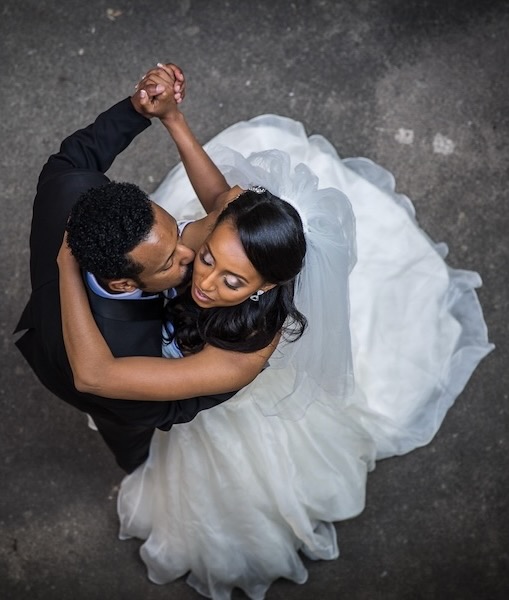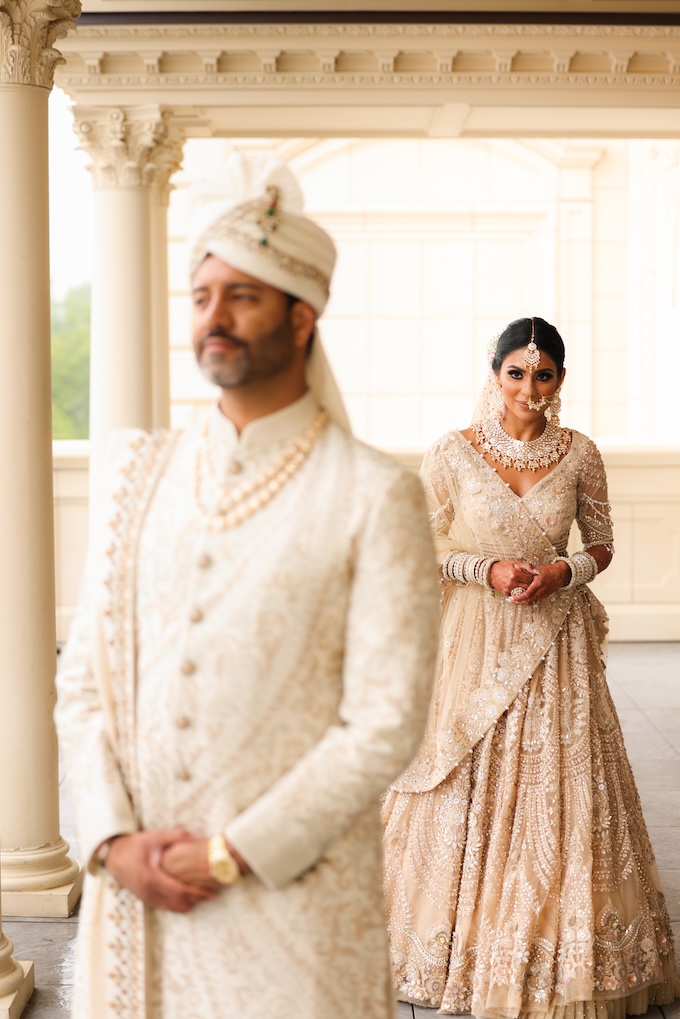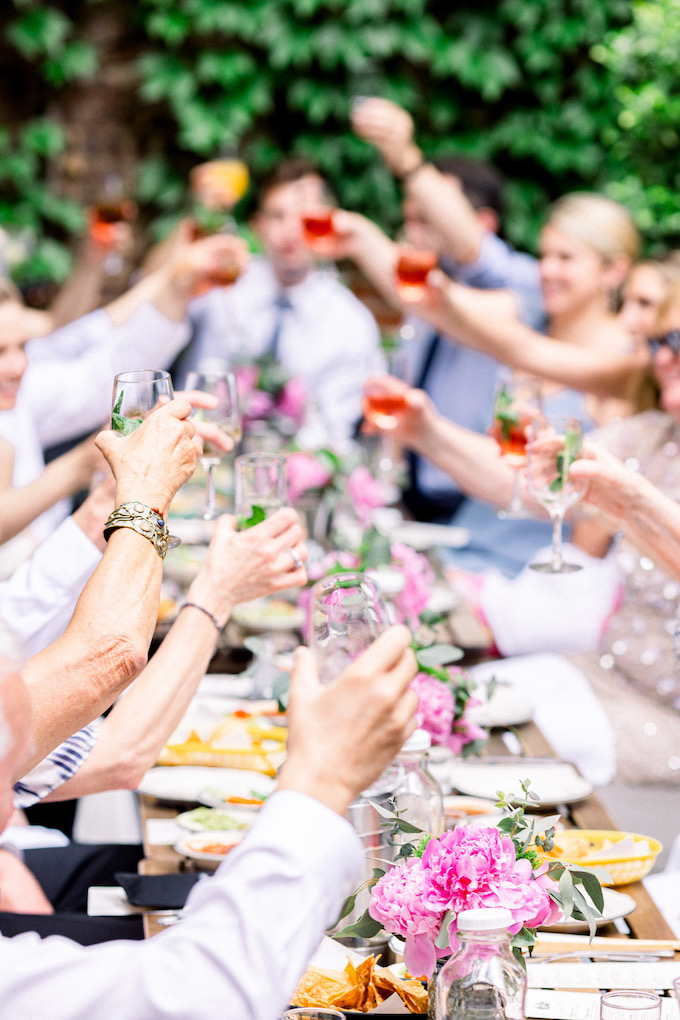Weddings
Wedding Photojournalism: 11 Tips for More Impactful Images
September 8, 2022
Wedding photojournalism is a style of wedding photography that aims to capture the event as it unfolds, with little to no interference from the photographer. Unlike traditional wedding photography—which often involves posed shots and carefully arranged groupings—photojournalistic images are more spontaneous and natural. Photojournalistic wedding photographers typically blend into the background, capturing candid and emotional moments as they occur. When it comes to wedding photojournalism, there are a few key things to keep in mind in order to help you achieve the best results. In this article, we’ll review the following:
- Select and Isolate a Subject (or two)
- Give Your Team Specific Roles
- Listen, Be Patient, and Anticipate The Moments
- Understand the Timeline
- Keep Your Camera Down Until the Moment
- Understand the Effect of Lens Choice
- Dial In Your Settings and Lighting
- Perfectly Imperfect is Okay
- Give Your Compositions Context
- Move Around to The Right Positions
- Direct and Cue as Needed
Note: The following images are from the Wedding Maps Photographers and used in this article with permission.

Wedding Photojournalism Success:
1. Select and Isolate a Subject (or Subjects)
For more impactful wedding photojournalism, isolate a single subject or a group of subjects with your composition, your lighting, and/or your shallow depth of field. With compositions, look for natural frames within a scene. With lighting, find the brightest part of the scene or add your own flash to bring out your subjects. You can also use a shallow depth of field to help the subject in focus stand out from the rest of the scene. Without isolation, even the best expressions and emotions can get lost in a sea of faces or among many distracting elements.


2. Give Your Team Specific Roles
The next tip for capturing incredible wedding photojournalism is to give your team clearly defined roles and responsibilities. These clear duties will help your second and third shooters focus and hone in on specific people, giving them more opportunities to capture great emotional wedding photos. Below are a couple of examples:
Wedding Toasts: During wedding toasts, you might have the lead photographer capturing the couples reactions while the second photographer is covering the speaker and the third photographer is focusing on crowd reactions.
Wedding Ceremony: Similarly, during the ceremony, you might have one photographer down the center aisle, one photographer on the left side and one photographer on the right side. These clear roles and responsibilities simplify the duties and allows the photographers to find the best moments to capture.


3. Listen, Be Patient, and Anticipate The Moments
While photojournalism focuses on capturing stories and moments as they unfold, this does not mean that it’s passive or completely reactionary. In fact, good wedding photojournalists seek these moments and put themselves in the right position to capture impactful images.
Activate your inner eavesdropper to listen in on conversations to anticipate when the subject is about to smile, cry, or express emotion. Sometimes this happens quickly, but other times you could be waiting for a while, so having patience is key. Understand that capturing fewer great images is better than capturing a bunch of images that lack impact.

4. Understand the Timeline
Some moments during the wedding day are more likely to yield impactful photojournalistic opportunities than others. Understanding each of these moments will help you better anticipate and prepare for emotional wedding photojournalism. Here are some of the moments during a wedding day that typically have more opportunities to capture emotion.
- Reading Cards or Notes during Wedding Preparation
- First Look
- Ceremony Processional
- Ceremony Recessional
- Vows (couple, wedding party, family)
- Vidai (South Asian Weddings)
- Toasts/Speeches
- Father/Daughter and Mother/Son Dance
These moments are the times to be hyper aware of your surroundings and the emotion in the room. During these times, know where the VIPs (the couple, the family, and the wedding party) are and constantly look for signs that they are about to express emotion.



5. Keep Your Camera Down Until the Moment
Most people will change their expressions when they know that a camera is pointed at them. So to get the best, most natural and organic moments, keep your camera down until the right moment. Once you are “spotted” consider moving on, finding another angle, or coming back later.

6. Understand the Effect of Lens Choice
Capturing natural, candid expressions are usually easier on zoom lenses, such as a 70-200mm lens, since it’s easier to capture these expressions without being spotted. However, getting in closer on a wider angle lens can often have a more personal, dynamic, and intimate feel when compared to capturing the moment from further away on a zoom lens.
As a rule of thumb, get in close and use a wider angle lens when there are many things going on and the subjects are less likely to notice your lens pointed at them. These moments include things like the dance floor photos, Vidais (formal goodbyes) at South Asian Weddings and other moments. But stay further away in moments when your close proximity can feel more intrusive and noticeable such as first looks, cocktail hour candids and other similar moments.


7. Dial In Your Settings
There’s nothing more frustrating than missing a moment due to incorrect camera settings. Have your settings dialed in prior to raising your camera to take the shot. Ensure you’re using manual mode for your shutter speed, ISO, Aperture with an appropriate shutter speed to avoid motion blur.


8. Perfectly Imperfect is Okay
As a wedding photojournalist, you may not always have full control over every aspect of the scene. For example, the lighting might be “imperfect” or the background might have distracting elements. While we should try our best to fix or mitigate these issues, be sure to prioritize the moment over everything else. Unlike the scheduled group photos and couples session, controlling all of the small details in these short lived, organic moments is impossible. These imperfections should never prevent you from capturing or delivering great emotional photos.

9. Give Your Compositions Context
Capturing emotion is great, but capturing emotion with context is even better. To give an image context, include other aspects of the story in foreground and background. What is he laughing at? Why is she crying? The right frame and composition can turn a good photo into a great one.


10. Move Around to The Right Positions
This one is perhaps the most obvious tip of the set, but this is worth mentioning because wedding days can be so physically exhausting. It’s easy to have our efforts and energy exertion diminish as the day goes on. However, great photojournalism opportunities don’t just present themselves to you. You have to go out and seek them. This requires moving around the room to find the right moments and angles.


11. Direct and Cue as Needed
Emotional moments at weddings don’t always happen on their own. Sometimes, the subjects need to be cued and prompted to get the best wedding photojournalism results. For example, before a first look, the photographer can either be stoic and just tell them where to stand, or the photographer can relate emotionally, explain the significance, and create an ambiance that welcomes the emotion. The right cues and prompts can help the photographer create and capture a more impactful wedding photojournalism style of imagery.
RELATED READING:




